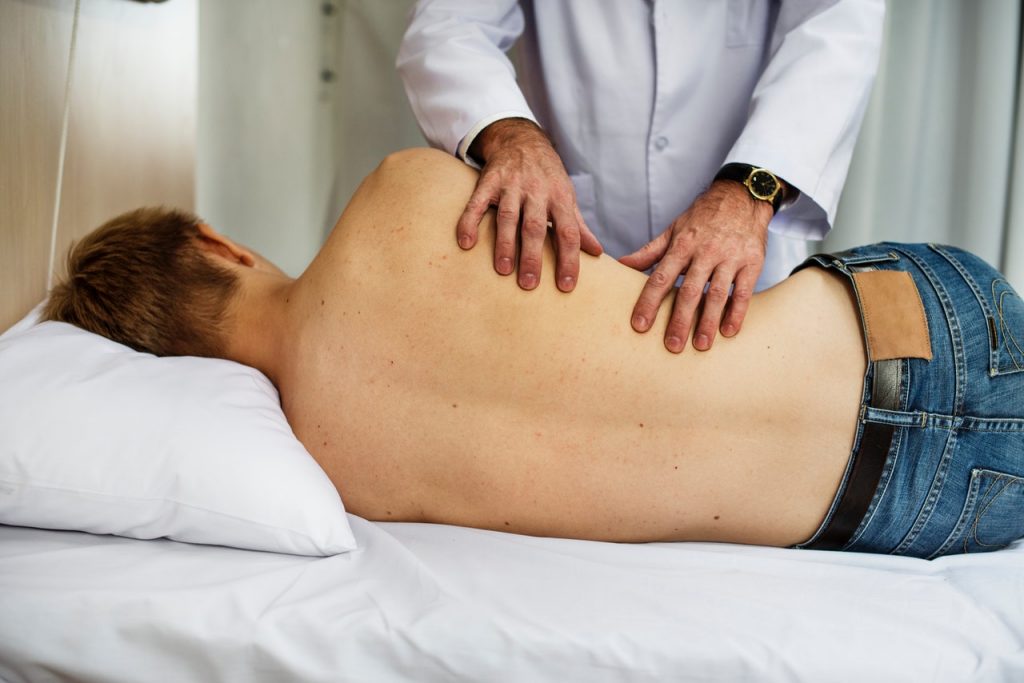
Pressure sores and ulcers are extremely common in elderly patients. It can affect the quality of life for some people. With the right care, most pressure sores can be prevented by removing the causes of the pressure. However, firstly, it is imperative for workers to undertake pressure care training by using the individual risk assessment and care plan for that person. Workers need to ensure they are following the protocols within that work area. The aim is to avoid the breakdown and development of pressure sores.
During the training for pressure care, workers will learn about all of the risk factors that make patients more inclined to get pressure sores and what the changes are within the skin area that you will need to keep a close eye on. You will also learn how to position the patients properly, and how often you will need to change that position to avoid pressure sores.
There is also specific equipment and materials used to maintain the moving positioning and handling of people with pressure sores and the types of reliving aids that are available to them. Particular hospital mattresses that are specially made for patients who require pressure cushion care and to increase blood circulation. There is immense importance of taking the right safety and health precautions to provide emotional and physical support for those suffering and at high risk.

In pressure care training, you learn all about the aspects of how to prevent the pressure via repositioning and to inspect the skin. The best way to find and identify pressure damage to the skin is to check regularly for changes.
Places of bony prominence like the sacrum, heels, buttocks are areas that are prone to be affected by pressure. You will learn about the signs of skin damage in its early stages like:
- Redness of the skin that does not go white as soon as you apply light pressure to it
- The skin is warm, and it shows swelling
- Blisters that are over a bony prominence shows that your epidermis is now separated from the dermis
- Discolouration like red or purple coloured. If you see blueness or black coloured this means great damage has already occurred.
- If the skin is discoloured black and feels leathery, then it means the skin is dead, and there is a severe pressure sore.
Reposition
The nurse or doctor should reposition patients who require pressure care. Patients can also do this themselves when they may start to feel uncomfortable, or they have been in the same spot for a significant amount of time. Repositioning should happen around every two hours. And depending on the patient, it usually takes two workers to help when repositioning the patient. If the individual is at a high risk sitting in the chair in the one spot, they should only be sitting in it for under two hours.
The pressure care training will provide the staff with all the right information about what support surfaces are best when it comes to repositioning people. Only qualified nurses, doctors or other health care professionals will be able to perform repositioning again or adequately if the correct pressure care training is undertaken.
You will learn about the different types of mattresses that relieve pressure, and that standard hospital’s beds should not be used in high-risk patients or those who already have pressure sores.
There is plenty of pressure equipment on the market, but there are some that are scams and won’t offer any relief and precautions. Ensure you are using the correct certified equipment that is passed by health and safety in order to keep patients safe and to avoid pressure sores from forming.










